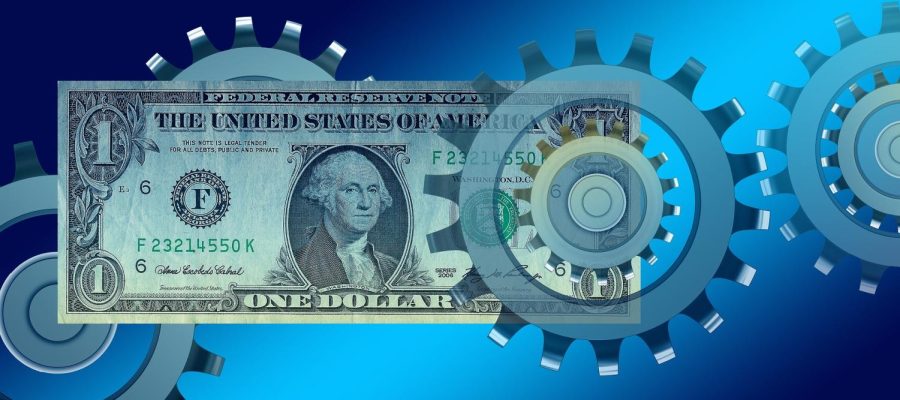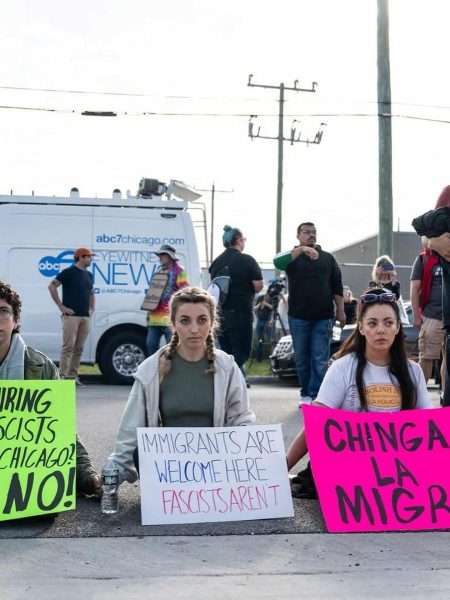Big and Small Business: Inflation and Supply Chain Issues
Stimulus packages and government assistance programs during the heart of the COVID-19 pandemic may have been a necessary action. According to John Maynard Keynes, famed economist, spending during times of recession can lower unemployment and keep businesses alive. Keynes agreed with classical economists, believing that the economy typically has the tools to work itself back into efficiency without government intervention. Yet, Keynes also believed that time was precious. A recession may work itself out but how long might it take to do so? Battling the highest unemployment rate since 1933 and a magnitude of uncertainty surrounding the pandemic, stimulus money seemed the only answer for curbing an existential crisis both on Main Street and Wall Street.
Now, a month into 2022, inflation is still disrupting business operations and the pockets of consumers. Stimulus packages and other government aid during the pandemic may be the culprit. The M1 money supply in the United States has increased roughly four-fold since March 2020. Healthy average inflation increases typically dangle between 2-3%. The average U.S. inflation rate was up a steep 7% in December 2021 from the year prior. “It’s been tough”, said Linda Renehan, owner of Springfield Vintage. “My vendor’s prices have increased as well as the cost of utilities”.
COVID-19 stimulus packages may not be the only factor driving inflation. The U.S. has faced widespread supply chain issues over the last year. These issues have put pressure on businesses as well as consumers. “We rely on enough inventory to satisfy our customer’s needs,” said Joey Richards, manager at True Value Hardware in Springfield. “Ever since the start of the pandemic we have had a difficult time receiving products at a reasonable cost.” What is causing supply chain disruptions?
Labor Shortages
A precarious 14.8% unemployment rate came as a result of the shock and uncertainty of the proceeding pandemic. Two years later, the unemployment rate has dropped to near pre-pandemic levels, a striking 3.9% in December 2021. However, the labor shortage continues to persist. Over the last year the U.S. has gone through what has become known as the “Great Resignation.” Restrictions on immigration and travel during the pandemic have caused a shortage of roughly 2 million working-age immigrants according to a study from the University of California. Retirement numbers spiked during the pandemic likely as a result of a booming stock market and safety precautions. Roughly 3.2 million Americans aged 55 and older that were a part of the labor force at the beginning of the pandemic are no longer employed or in search of a job. Roughly 1.5 million mothers of school-aged kids are no longer employed due in large part to at-home schooling. So while the unemployment rate is low, the size of the labor force has fallen. The effects have been felt from small businesses to big businesses, from producers to consumers.
Imports and Exports
Despite a sharp decrease in imports and exports at the beginning of the pandemic, trade has returned to pre-pandemic levels. However, port congestion has added extra time, cost and overall trade disruption. Port congestion could be alleviated with investment in more port chassis which are currently facing a shortage. In 2017, cheaper-made chassis assemblies began showing up in U.S. ports. The Coalition of American Chassis Manufacturers alleged that these Chinese companies were dumping their product and hurting domestic manufacturers. In response, the International Trade Commission placed heavy tariffs on these Chinese imports. Now, in the midst of a shortage, President Joe Biden has to make the hard decision whether to lower tariffs and potentially flood the market with Chinese chassis or rely on domestic companies to further expand production.
COVID-19
There is no missing the deep wound COVID-19 has inflicted on communities and the economy. Unfortunately, we are still not past this threat. Over the last month, the stock market has faced a slump, hitting its correction point. Sentiment over supply chain issues, Omicron and Russian conflict with Ukraine are all likely to blame. Mitigations such as social distancing regulations here and abroad may also be causing production difficulties.
The process of tightening monetary policy can be difficult to gauge and must be done in a punctual manner. The Federal Reserve announced on Wednesday, January 26 that they will enact higher interest rates to combat inflation starting March 2022. It is currently unknown if they will have to raise the rate more than once. Nonetheless, 2022 is shaping up to be a good year for lenders and a tough year for lendees.





